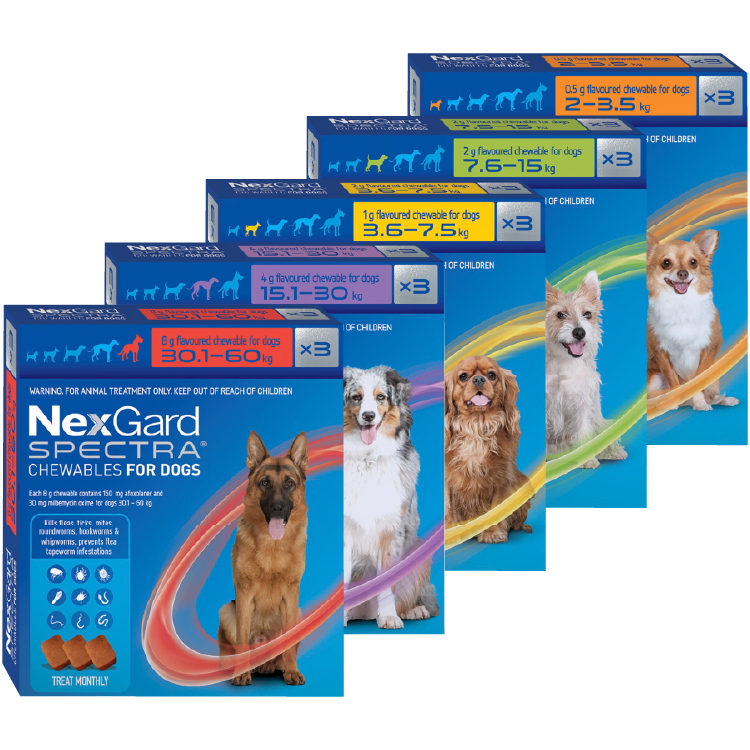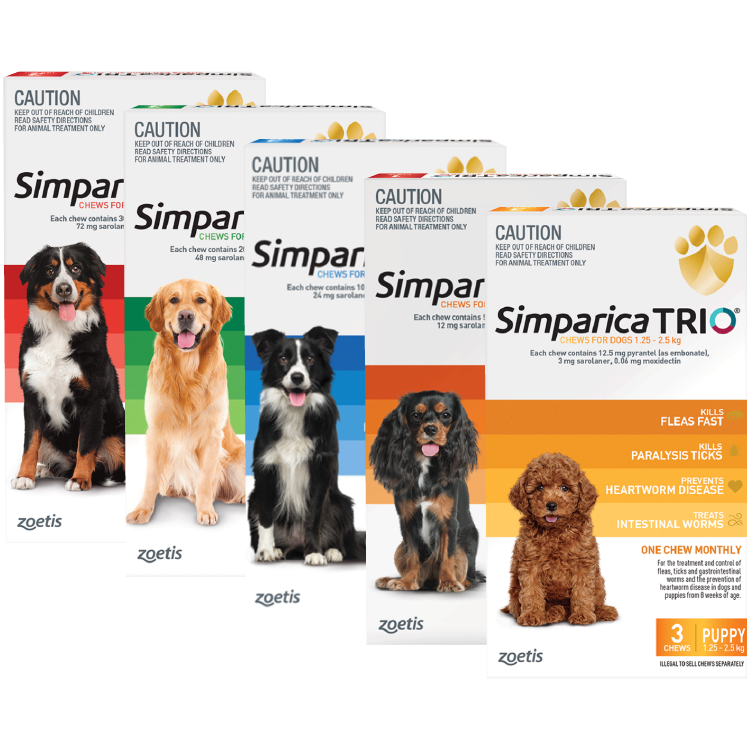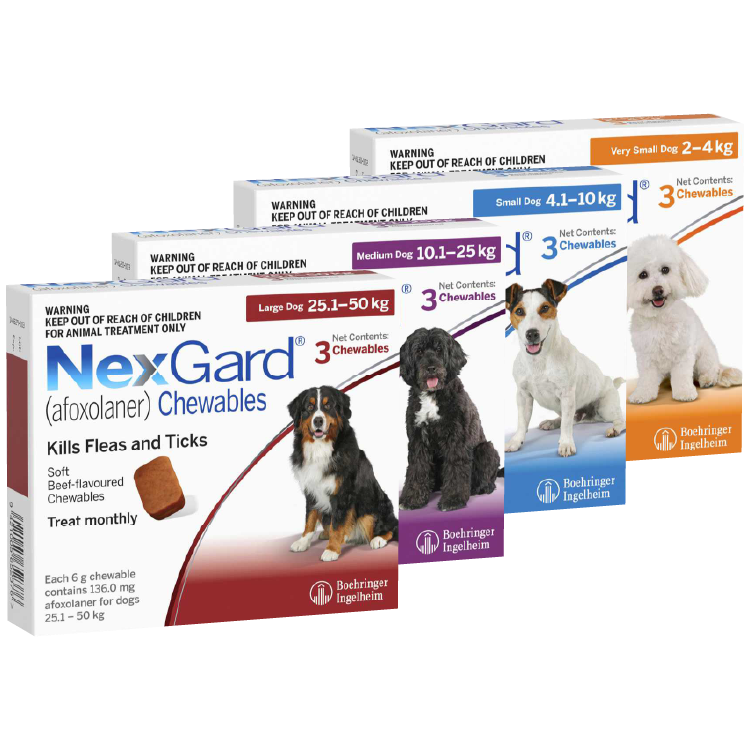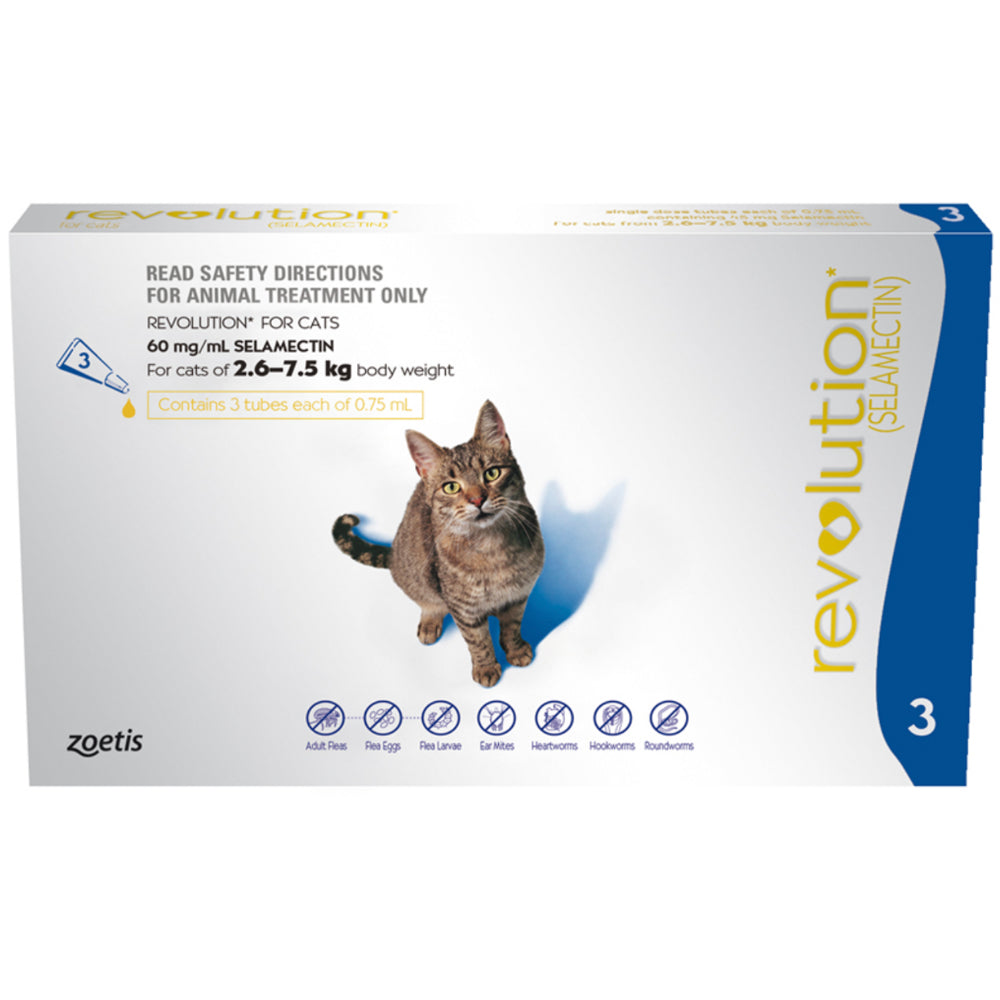NZ-Owned & Vet-Led | 100% Money-Back Guarantee | FREE Shipping
NZ-Owned & Vet-Led | 100% Money-Back Guarantee | FREE Shipping
Add description, images, menus and links to your mega menu
A column with no settings can be used as a spacer
Link to your collections, sales and even external links
Add up to five columns
Add description, images, menus and links to your mega menu
A column with no settings can be used as a spacer
Link to your collections, sales and even external links
Add up to five columns
Tick-borne diseases in Australian dogs
August 18, 2025 2 min read

Introduction
Ticks can cause paralysis and can also spread infections to dogs. Early action matters. Know the signs, remove any tick you find, and use proven prevention on schedule. This guide was prepared with input from our lead vet, Dr. Feargus McConnell, BVSc.
What tick-borne illness can look like
-
Tiredness, low appetite, or fever
-
Lameness or sore joints
-
Pale gums or yellow tinge to the eyes
-
Vomiting, weight loss, or swollen lymph nodes
-
Breathing changes or weakness in the back legs
Any sudden illness after time in a tick area is a vet visit now, even if you cannot find a tick.
Paralysis from tick toxin
In parts of Australia, tick toxin can affect nerves and muscles. Early signs include a change in bark, gagging, coughing, trouble swallowing, and wobbly back legs. Keep your dog calm and cool and seek urgent veterinary care.
Infections ticks can carry
Ticks can transmit blood-borne infections in some regions. Illness may start with vague signs such as fever and lethargy, then progress. Your vet will decide on tests and treatment. Do not wait for symptoms to worsen.
What to do if you find a tick
-
Part the coat and grip close to the skin with a tick tool or fine-tipped tweezers.
-
Lift straight out with steady pressure. Do not twist, squeeze, or apply chemicals.
-
Keep the tick in a sealed container for your vet.
-
Check your dog for more ticks, then monitor closely for 24–48 hours.
Prevention that works
-
Use a proven tick product matched to weight, age, and lifestyle. Dose on time.
-
Do daily hands-on searches in risk areas.
-
Keep grass short and avoid heavy scrub when possible.
-
Plan ahead before coastal or bush trips.
Products we trust
-
NexGard Chewables for Dogs: monthly tick and flea control when used as directed.
-
Bravecto Chew for Dogs: long-lasting tick and flea control per label.
-
Simparica Trio Chewable Tablet for Dogs: monthly chew for fleas and ticks, with heartworm prevention and intestinal worm control.
-
Seresto Flea & Tick Collar for Dogs: on-pet protection. Fit correctly and replace as directed.
Safety you should always check
-
Dog products for dogs only. Never apply a dog product to a cat.
-
Match the weight band and minimum age on the pack.
-
Some dog spot-ons advise keeping cats away from recently treated dogs. Follow the label.
FAQ
My dog is tired and not eating after a bush walk. What should I do?
See your vet today. Illness after time in a tick area needs prompt care.
Can daily checks replace prevention?
Checks help but can miss small or hidden ticks. Prevention and checks together are safest.
Not sure which prevention fits your dog and location?
Tell us your dog’s age, weight, and routine and we will help you choose — contact us.
Protect your dog with on-time prevention and fast action if signs appear.
Feargus McConnell
Also in Dr. Feargus’ Australian Pet Health Blog

Pet dental care at home | Easy brushing guide
August 21, 2025 2 min read
A simple Australian guide to brushing your dog or cat’s teeth. What you need, step‑by‑step instructions, and when to see your vet.
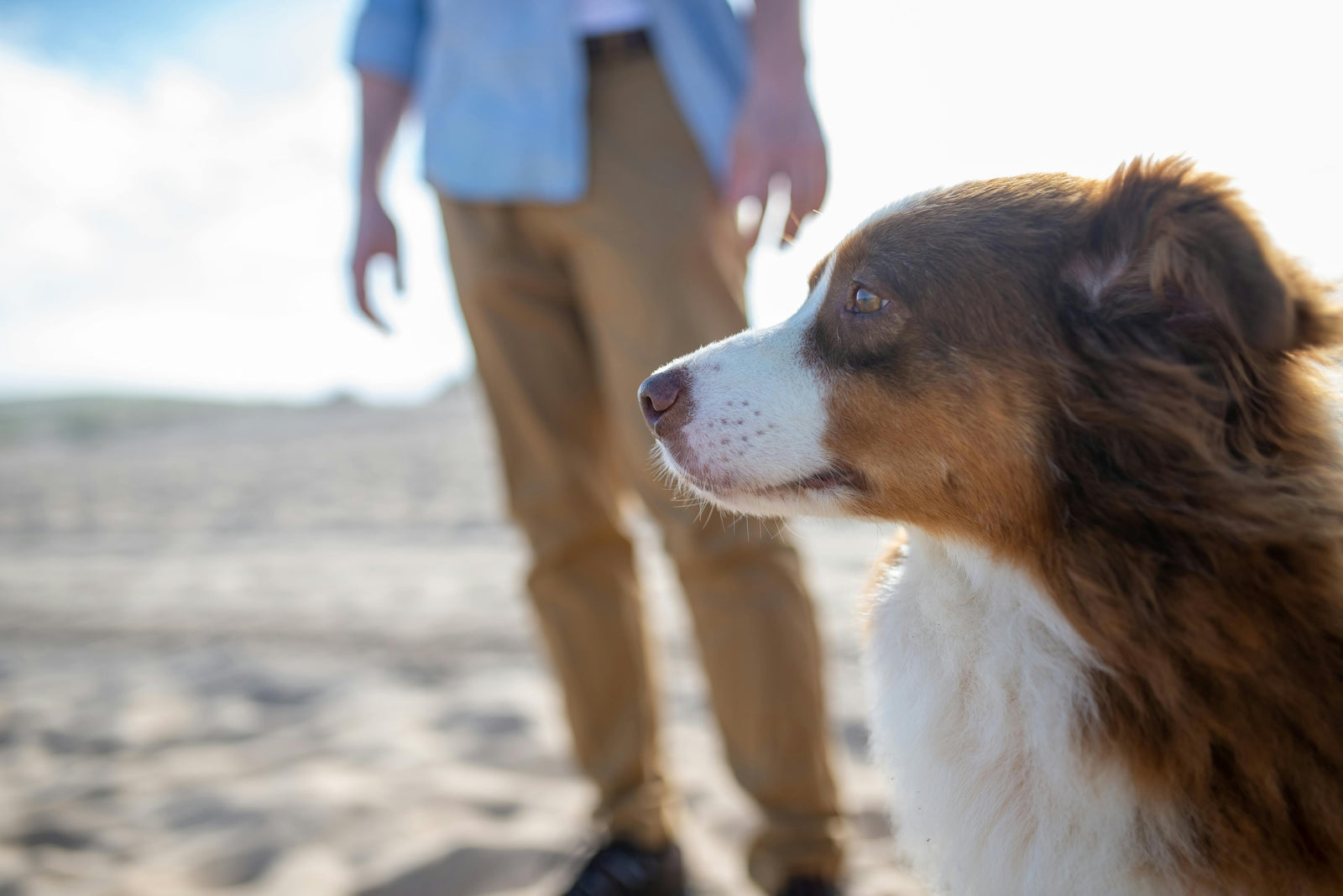
How often should you treat your dog for fleas in Australia?
August 21, 2025 2 min read
A simple schedule for flea prevention in Australian dogs. What to use, how long to treat, and how to stay on time—even if you already have fleas at home.
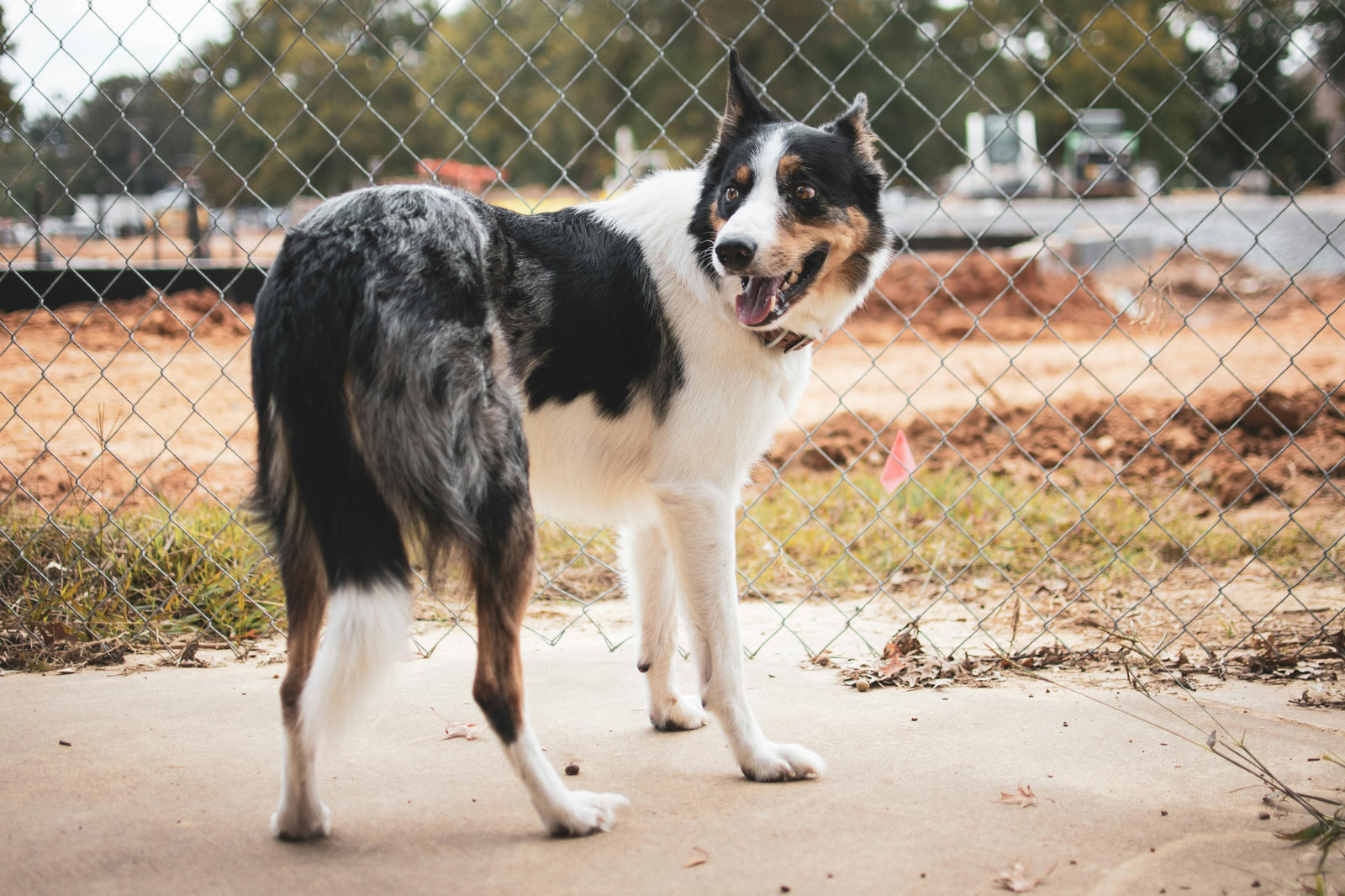
Travelling tradies with dogs: parasite guide
August 19, 2025 2 min read
A road-ready parasite plan for tradies and their dogs. Ute and site hygiene, packing list, dose timing, and trusted product picks.

Join the pack!
Get 10% off your first order



